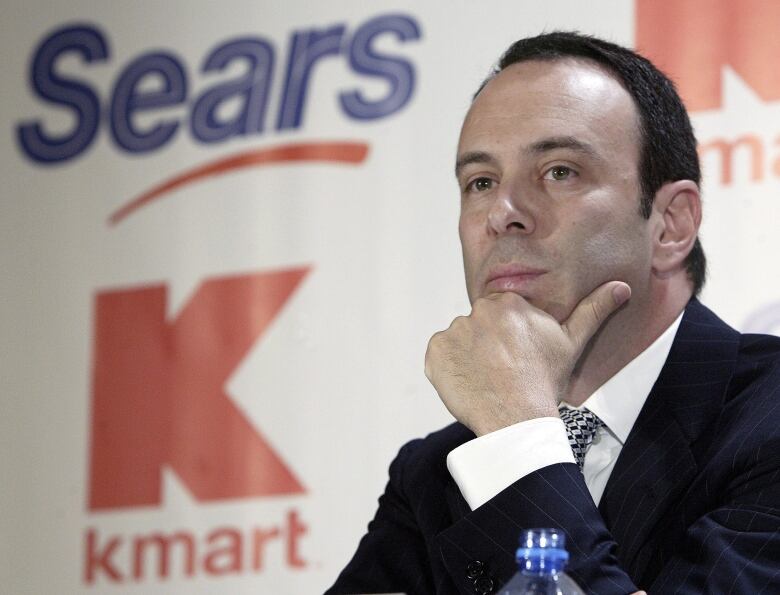Sears Holdings shares tumble after company warns of 'going concern' doubts

Sears Holdings Corp's shares slumped 15 per cent on Wednesday as bondholders and investors questioned how long the retailer could remain in business, a day after the company flagged going-concern doubts.
The disclosure raised concerns over the retailer's ability to restructure its debt load and stock inventory heading into the crucial 2017 holiday season.
The drop in the stock, down at $7.72in early afternoontrade, is the largest one-day percentage decline since a 18.79 per cent tumble on Nov. 16, 2012.
"While I don't think the new disclosure means they will definitely file BK in 2017, it does seem to signal that the next 12 months are even more crucial than has been the case in recent years, as their margin of error is getting slim," said Chad Brand, president of Peridot Capital Management, a Sears bondholder.
BK is a shorthand for bankruptcy - a prospect raised after Sears flagged doubts about its ability to stay in business in the "risk factors" section of its annual report.
"Our historical operating results indicate substantial doubt exists related to the company's ability to continue as a going concern," Sears said in the report.
Sears spokesman Howard Reif said the company hopes the actions it is taking will keep it in business.
The company, which has $13.19 billion US in liabilities, noted that it could have difficulty procuring merchandise from vendors. Bondholders are watching to see whether the company will have the cash and credit needed to stock its shelves for the 2017 holiday season.
Retailers typically book orders for merchandise for the vital fourth quarter from now through mid-summer.
Losses and less cash on hand
Continued operating losses also could restrict access to new funds under its domestic credit agreement, according to the filing.
"Sears has repeatedly engaged in wishful thinking in earnings release after earnings release over the last several years that they could turn the business around," said Ken Perkins, president of industry research firm Retail Metrics.
"In today's highly competitive retail environment, which requires sizeable investments to compete with Amazon and off-price chains they no longer have the resources to do so."
Sears, which lost $2.22 billion US in the year ended Jan. 28, has $286 million US in cash on hand.
Retailers in distress often use their accounts receivable. Sears has $466 million in receivables, down substantially from 2012, when the company had $635 million US in receivables and $609 million US in cash.
Since 2012, Sears accumulated $10.54 billion US in losses while revenue fell 47 per cent to $22.1 billion US.
During that time, Sears cut the number of its U.S. stores by nearly a third, reduced holdings in Sears Canada, and spun off the Lands' End clothing chain.
Blow to Lampert
In recent years, Sears has placed some of its stores into a real estate investment trust (REIT), sold its Craftsman line of tools, and repeatedly raised debt from billionaire chief executive Edward Lampert's hedge fund.

Lampert owned nearly 10 per cent of the REIT that paid Sears $2.6 billion US in 2015 for the stores it purchased, many of which were then leased back to the retailer.
The announcement of Sears' potential demise is a blow to Lampert, a hedge fund investor who took control of Sears after merging it with Kmart, which he controlled, in 2004.
He soon published a 15-page manifesto, in which he stated that conventional measures of retail success, such as same-store sales, were no longer relevant. Sears would regain its health by closing struggling stores and focusing instead on profitable sales, he wrote.
Sears last turned an annual profit in 2011.
The company said on Tuesday actions taken during the year to boost liquidity, including the $900 million US sale of the Craftsman tool brand to power tool maker Stanley Black & Decker Inc early this year, could satisfy its capital needs for the current fiscal year.












_(720p).jpg)


 OFFICIAL HD MUSIC VIDEO.jpg)
.jpg)



























































































